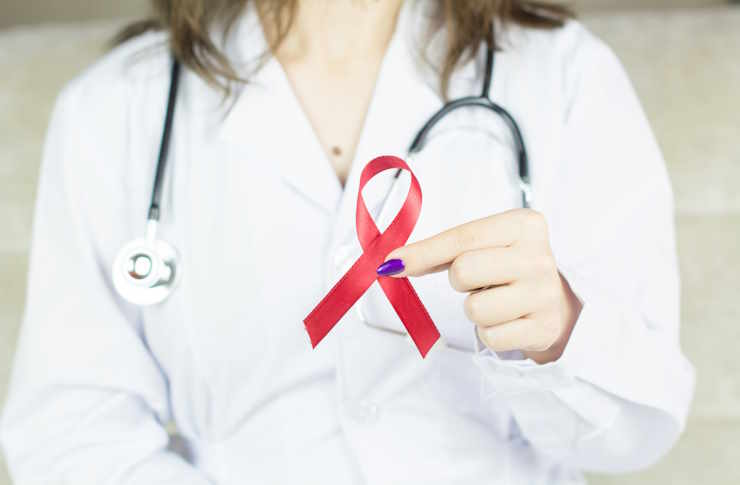What You Should Know About Lymphoma : Key Symptoms and Early Signs
Lymphoma is a cancer of the lymphatic system that can be hard to detect early, with symptoms often mistaken for other conditions. Learn how lymphoma is diagnosed, the main treatment options available, and ways to manage side effects and find support during care.

Recognizing Common Lymphoma Symptoms
Lymphoma often presents with symptoms that may initially seem benign or attributable to less serious conditions. The most characteristic symptom is painless swelling of lymph nodes, particularly in the neck, armpit, or groin regions. These swollen nodes typically feel rubbery and firm rather than tender. Many patients also experience persistent fatigue that doesn’t improve with rest, unexplained weight loss (often exceeding 10% of body weight over six months), and recurrent fevers without apparent infection. Night sweats that soak through bedclothes are another hallmark sign, sometimes accompanied by itchy skin without rash. Depending on where lymphoma develops, patients might experience coughing, chest pain, abdominal discomfort, or swelling in various body parts as lymph vessels become blocked.
Understanding Lymphoma Diagnosis Biopsy
When lymphoma is suspected, a definitive diagnosis requires a biopsy—the removal and examination of affected tissue. Excisional biopsies, where an entire lymph node is removed, generally provide the most comprehensive information for pathologists. In some cases, needle biopsies (fine-needle aspiration or core needle biopsies) may be performed initially, though these sometimes yield insufficient tissue for complete diagnosis. After collection, the sample undergoes microscopic examination, immunohistochemistry testing to identify specific proteins on cell surfaces, flow cytometry to analyze cell characteristics, and often cytogenetic or molecular tests to examine chromosomal abnormalities. These comprehensive analyses help determine the specific lymphoma type, which is crucial as there are more than 70 different lymphoma subtypes requiring different treatment approaches.
Exploring Lymphoma Chemotherapy Cost
The financial burden of lymphoma treatment can be substantial, particularly regarding chemotherapy regimens which often form the backbone of treatment plans. Chemotherapy costs vary widely depending on the drugs used, treatment duration, and geographical location.
Standard R-CHOP chemotherapy (a common regimen for non-Hodgkin lymphoma) can cost between $25,000 and $60,000 for a complete course of treatment without insurance coverage. More specialized regimens or newer drug combinations may exceed $100,000. These figures typically don’t include associated expenses such as frequent blood tests, anti-nausea medications, growth factors to boost blood counts, or hospitalization costs for complications.
| Treatment Component | Estimated Cost Range | Notes |
|---|---|---|
| Standard Chemotherapy Regimen | $25,000-$60,000 | Per full treatment course |
| Newer Targeted Therapy Regimens | $80,000-$150,000+ | Often used in resistant cases |
| Per-Session Cost | $5,000-$12,000 | Varies by drugs administered |
| Associated Medications | $2,000-$5,000 | Anti-nausea, growth factors, etc. |
| Monitoring Tests | $3,000-$7,000 | Blood work, scans throughout treatment |
Prices, rates, or cost estimates mentioned in this article are based on the latest available information but may change over time. Independent research is advised before making financial decisions.
Investigating Lymphoma Immunotherapy Options
Immunotherapy has revolutionized lymphoma treatment by harnessing the body’s immune system to combat cancer cells. Monoclonal antibody treatments like rituximab have become standard care for many lymphoma types, binding to specific proteins on cancer cells and helping the immune system identify and destroy them. More advanced options include checkpoint inhibitors such as pembrolizumab and nivolumab, which remove the “brakes” cancer cells place on the immune system. For patients with relapsed or resistant disease, CAR T-cell therapy represents a groundbreaking approach where a patient’s own T-cells are collected, genetically modified to better recognize cancer cells, and reinfused. While promising, these immunotherapy options vary significantly in availability, eligibility requirements, and effectiveness across lymphoma subtypes. Many advanced immunotherapies remain under clinical investigation, with ongoing trials exploring combination approaches and new targets to improve outcomes while minimizing side effects.
Accessing Lymphoma Patient Support
A lymphoma diagnosis often necessitates comprehensive support beyond medical treatment. National organizations like the Lymphoma Research Foundation and the Leukemia & Lymphoma Society offer educational resources, financial assistance programs, and peer support networks specifically for lymphoma patients. Many cancer centers provide dedicated oncology social workers who can help navigate insurance challenges, treatment decisions, and emotional distress. Online support communities enable patients to connect with others facing similar challenges, while condition-specific support groups facilitated by healthcare professionals provide safe spaces for sharing experiences and coping strategies. Practical support services including transportation assistance, meal delivery, and home care referrals are available through community organizations and cancer foundations. Patients should ask their healthcare team about integrative services like nutritional counseling, physical therapy, and psychological support that can address treatment side effects and improve quality of life throughout the cancer journey.
Conclusion
Recognizing lymphoma symptoms early can significantly impact treatment outcomes and quality of life for patients. The journey from initial symptom recognition through diagnosis and treatment requires comprehensive medical care, financial planning, and emotional support. As treatment options continue to evolve, particularly in the promising field of immunotherapy, patients have more reasons for optimism than ever before. By understanding the warning signs, diagnostic process, treatment options, and available support resources, individuals affected by lymphoma can better navigate this challenging diagnosis.
This article is for informational purposes only and should not be considered medical advice. Please consult a qualified healthcare professional for personalized guidance and treatment.




